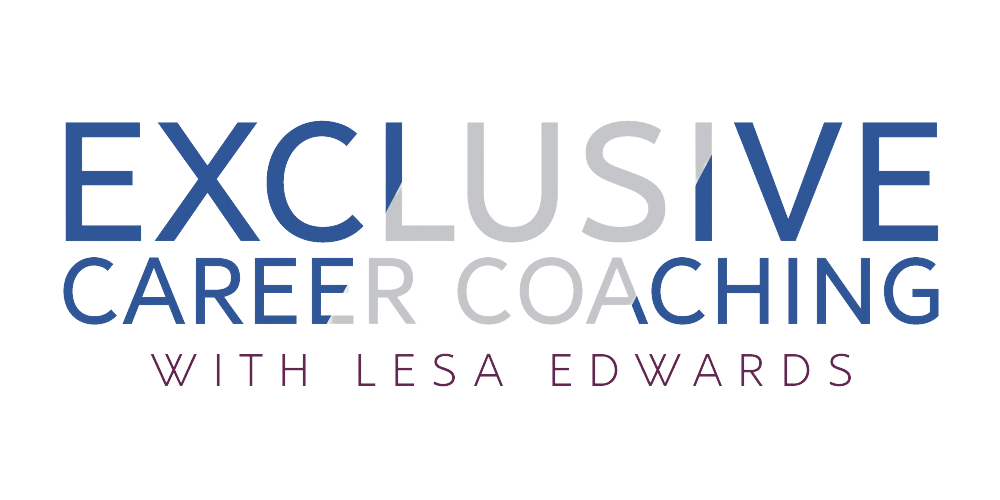212: The +1 Approach to Job Boards
The +1 Approach to Job Boards
Hey – if you haven’t checked out my FREE monthly webinars, now’s the time! On the third Thursday of each month at 4:00 p.m. Eastern, I offer a 1-hour webinar on a job search topic.
To see this month’s topic and to register: https://mastercoachwebinars.carrd.co
Today, I want to zero in on something I have mentioned in other podcasts. I call this my +1 approach to job boards.
In my work with clients, I differentiate between active job search strategies and passive job search strategies.
Active job search strategies put you in the driver’s seat of your job search. They revolve around networking. Meeting people 1:1, attending group networking functions, connecting with people on LinkedIn, networking through professional associations, and networking with your university’s alumni or your church’s members are all active job search strategies.
Passive job search strategies put you in the passenger’s seat of your job search. Looking for jobs via sites like LinkedIn or Indeed or going directly to company websites are all passive job search strategies.
Of course, I want my clients to focus their efforts on active job search strategies. Here’s why:
Active job search strategies allow you to focus on landing your dream job with your dream employer – not just respond to what’s been posted on a job board. You are in the driver’s seat.
Active job search strategies often mean you are the only one competing for the job – you aren’t being compared to hundreds of other applicants OR a laundry list of supposed “must have’s” in a job description.
Having said all of this, there is a way to make your passive job search a bit more active, using my +1 approach. Here is how this works:
When you are applying to a job online, think of one more thing you can do to increase your chances of getting noticed by the hiring manager.
This could be asking someone you know who also knows the hiring manager to put in a good word for you, make an introduction, write a letter of recommendation specific to that position, or leveraging a high-profile person to recommend you even if they don’t know the hiring manager.
What you decide to do for your +1 is very situational. Here are your considerations:
Who do I know who knows this hiring manager?
Who do I know who knows a senior executive in the hiring company?
Who do I know who works at the hiring company?
Who do I know who is well-known and well-respected in the community?
How can I personally intersect with the hiring manager or a senior executive of the hiring company?
This last point falls under what I call “professional stalking.” Figuring out where the hiring manager or a senior executive will be on a certain date and time, and “accidentally” running into them.
You can often figure out certain behaviors from someone’s social media posts, groups they follow on LinkedIn, or organizations they post about being affiliated with.
Just be sure not to let the object of your stalking know you are stalking them!
Finally – I’ve talked about the percentage of time I recommend you spend on active vs. passive strategies before, but let’s review again:
If you are just out of college: 25% active / 75% passive
If you have been out of college for a few years: 50% / 50%
If you are in middle management or above, but not yet in the executive ranks: 75% active / 25% passive
If you are seeking an executive-level job: 100% active
Are you in the wrong job that chips away at you every day? The CareerSpring document and coaching program will help you find a job that uses your zone of genius, recognizes your value, and pays you what you’re worth.
If you’re ready to take your job search to the next level by working with a highly experienced professional with a track record of client success, schedule a complimentary consult to learn more:
